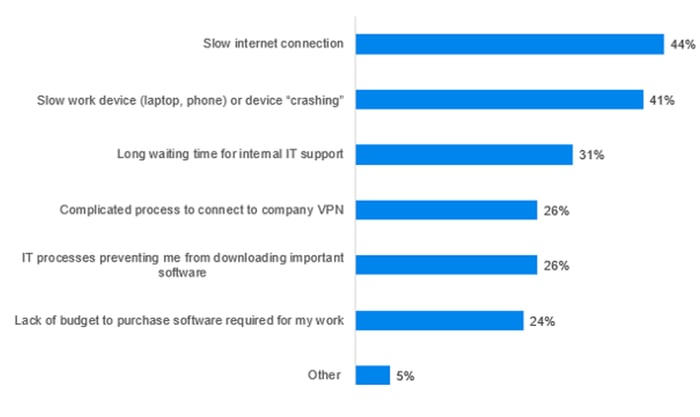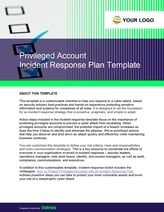This is only a sampling of the survey results—download the full research report here.
How do we protect users given such varied perceptions and risky behaviors?
How do IT security teams deal with such wide variations in risk perception and risky behaviors? Clearly, cybersecurity awareness and education must continue across the board to help all employees understand the risks involved in their everyday actions. And while training takes time and results are not always consistent, cybersecurity professionals can gain some control immediately by making use of automated technology—“behind the scenes” if you will.
The survey and report tell us that cybersecurity teams must build secure behaviors in the workplace wherever possible. Too many organizations are still protected with just a simple password, with employees given the responsibility for creating and managing their own password complexities on a continuous basis. As the research shows, that approach falls far short in a world dominated by ever more sophisticated cyber threats and productivity demands on users.
Cybersecurity teams should move password and privileged access security into the background so their employees do not need to create, rotate, or manage them. This will go a long way to enabling employees to focus on the things that really matter, like staying productive, meeting their business goals, and being successful in their organizations.
Your cybersecurity tools must be easy to install, deploy, and manage
Usable cybersecurity tools must be easy to install, deploy, and manage for business users as well as IT managers. Tools or techniques that interfere with employee productivity are doomed to fail. User experience has to be a top priority for all security measures.
At Delinea we have refined the concept of “Invisible PAM”—PAM that focuses on delivering Privileged Access Management by balancing security and productivity behind the scenes. Too many traditional PAM solutions require people to interrupt their workflow to securely access the credentials they need to get the job done. As a result, they find ways to skirt security policies so they can stay productive. A PAM investment that’s supposed to protect them can sit on the shelf collecting dust or be simply bypassed with a workaround.
For the average privileged user, PAM should be virtually invisible
Delinea believes PAM complexity isn’t just a hindrance, it can also be downright dangerous for the user and the entire organization. Usability and security must go hand in hand to increase adoption and decrease risk. To realize the benefits of enterprise PAM, solutions must be easy to use, embedded in people’s daily workflow, and orchestrated behind the scenes. For the average privileged user, PAM should be virtually invisible.
Learn more about the advantages of “Invisible PAM” in this whitepaper.





